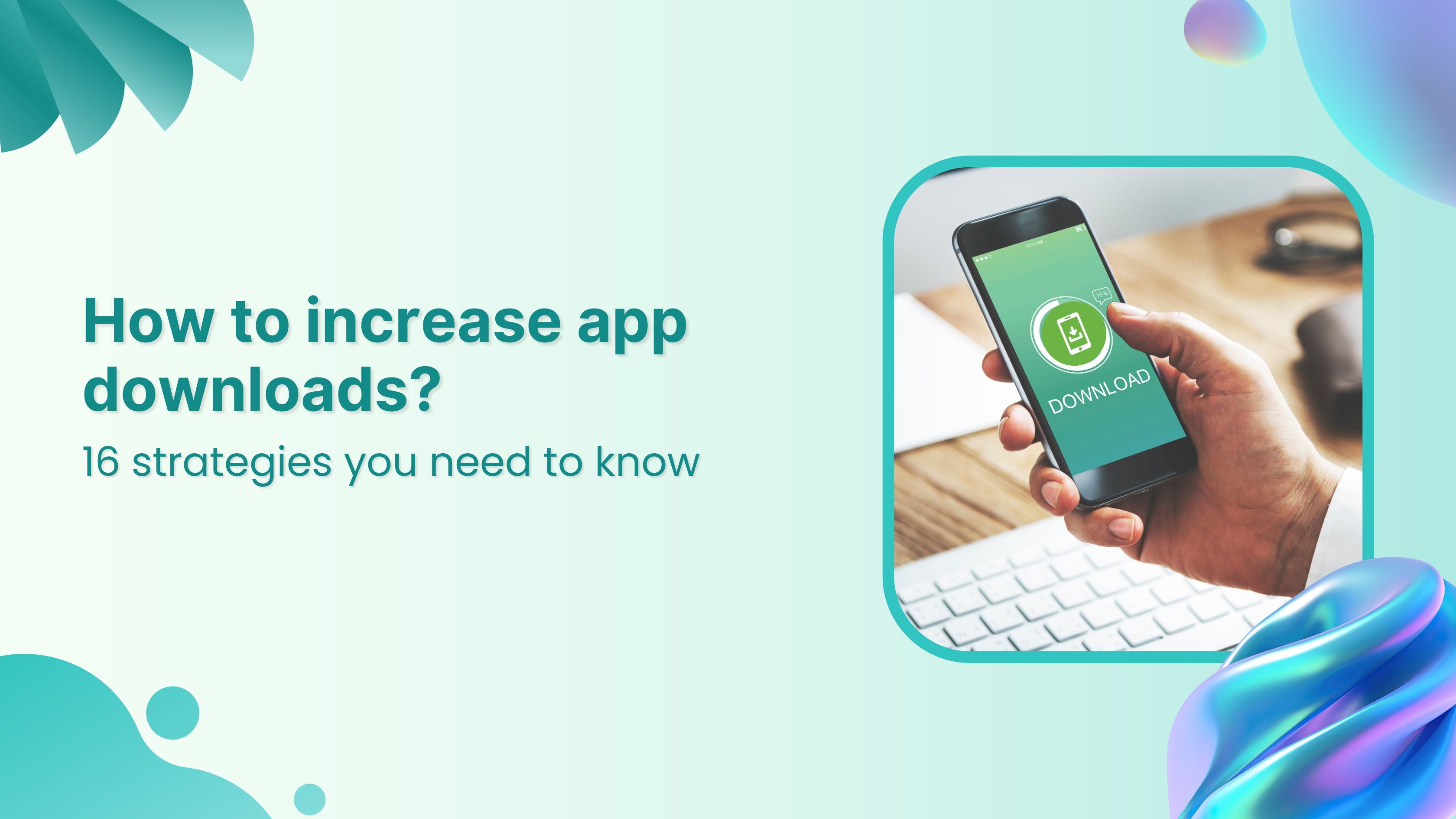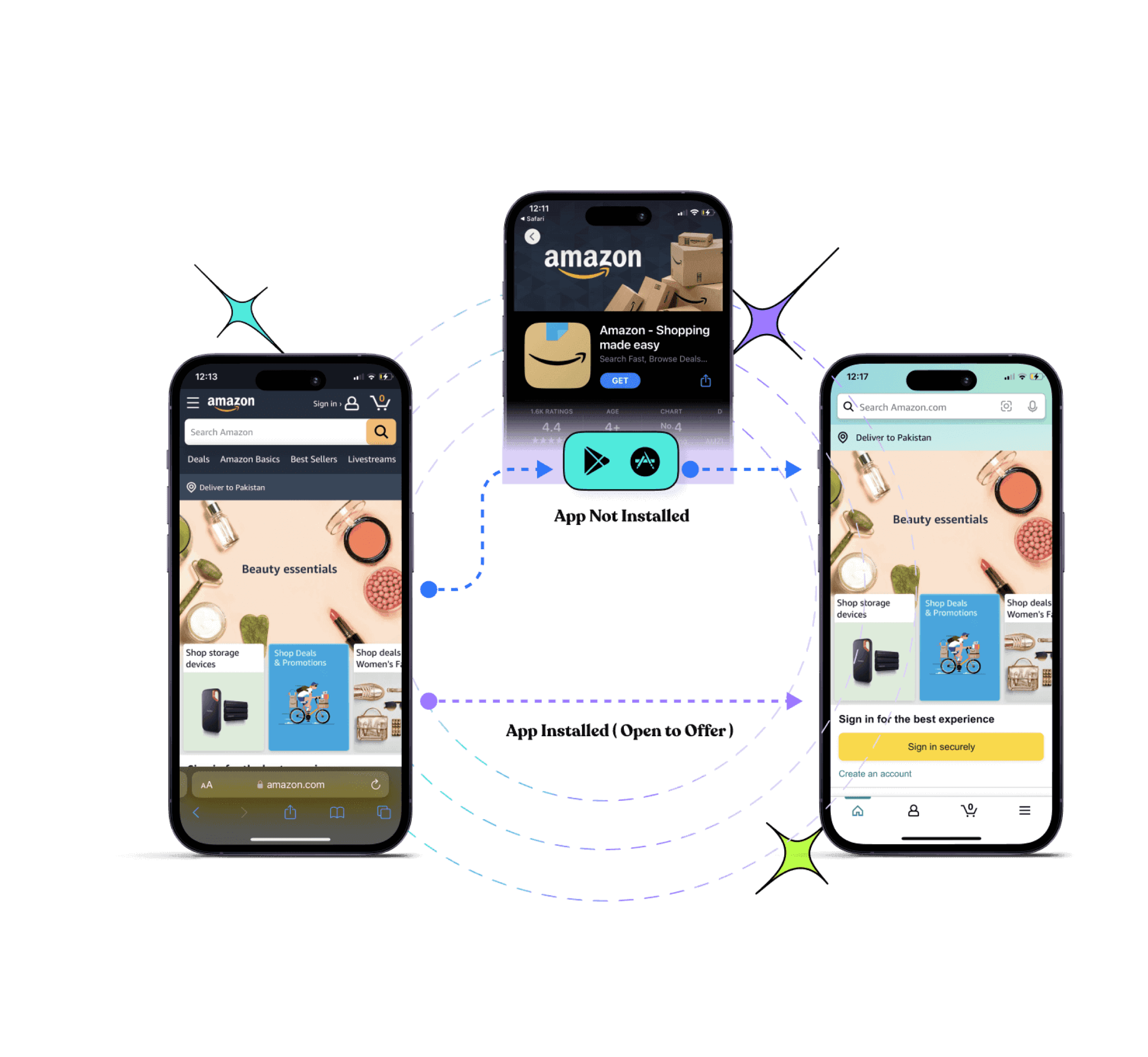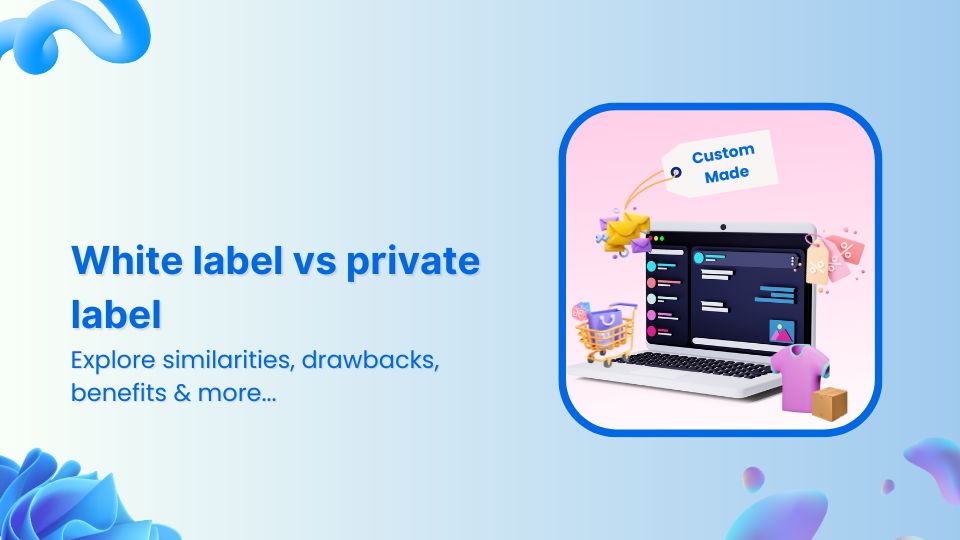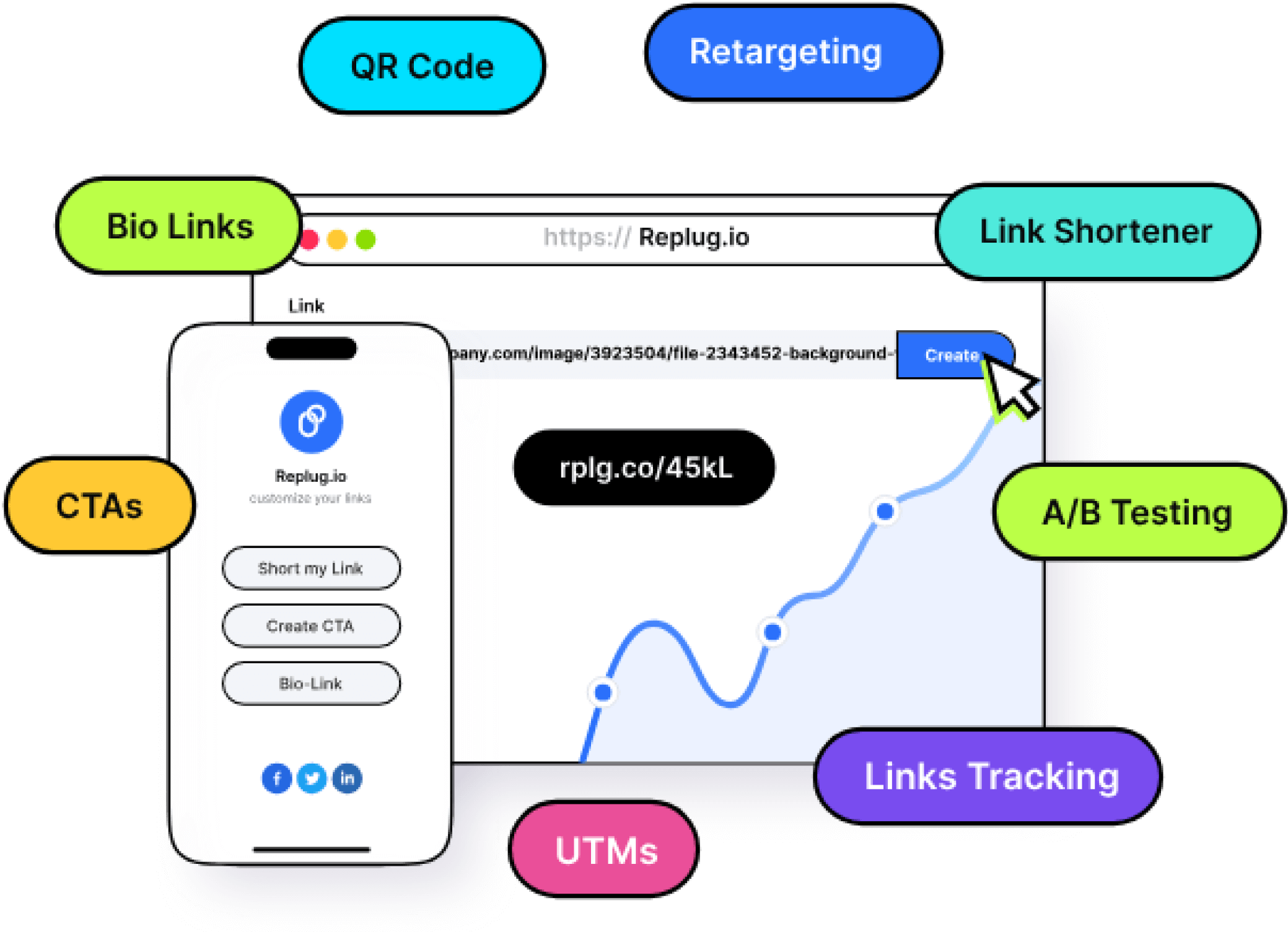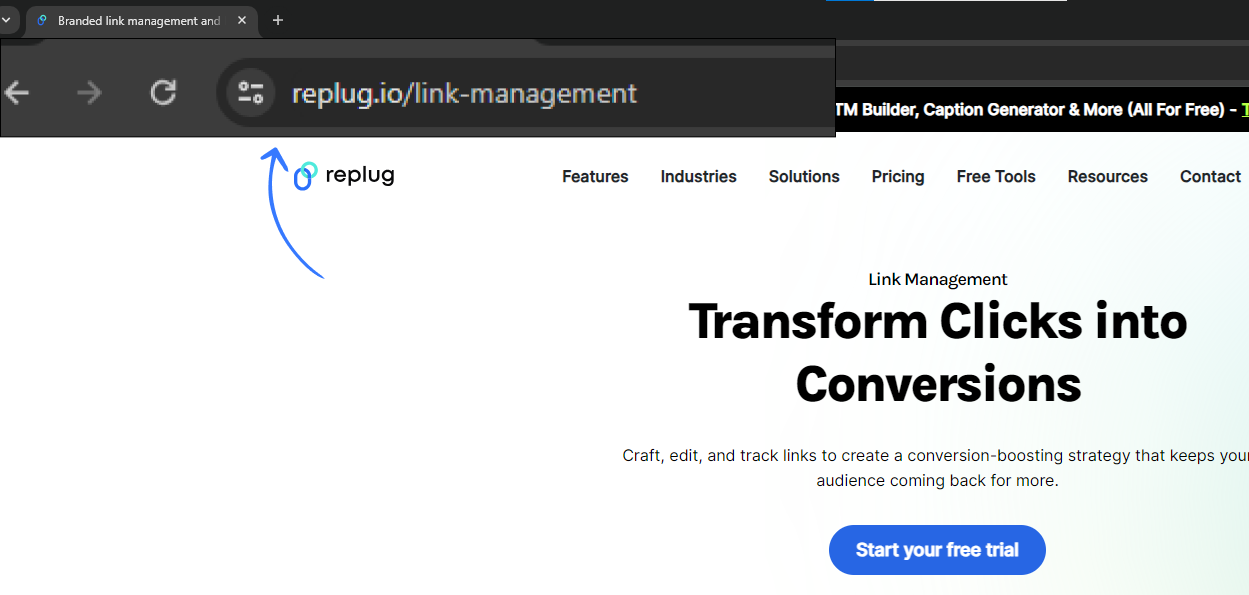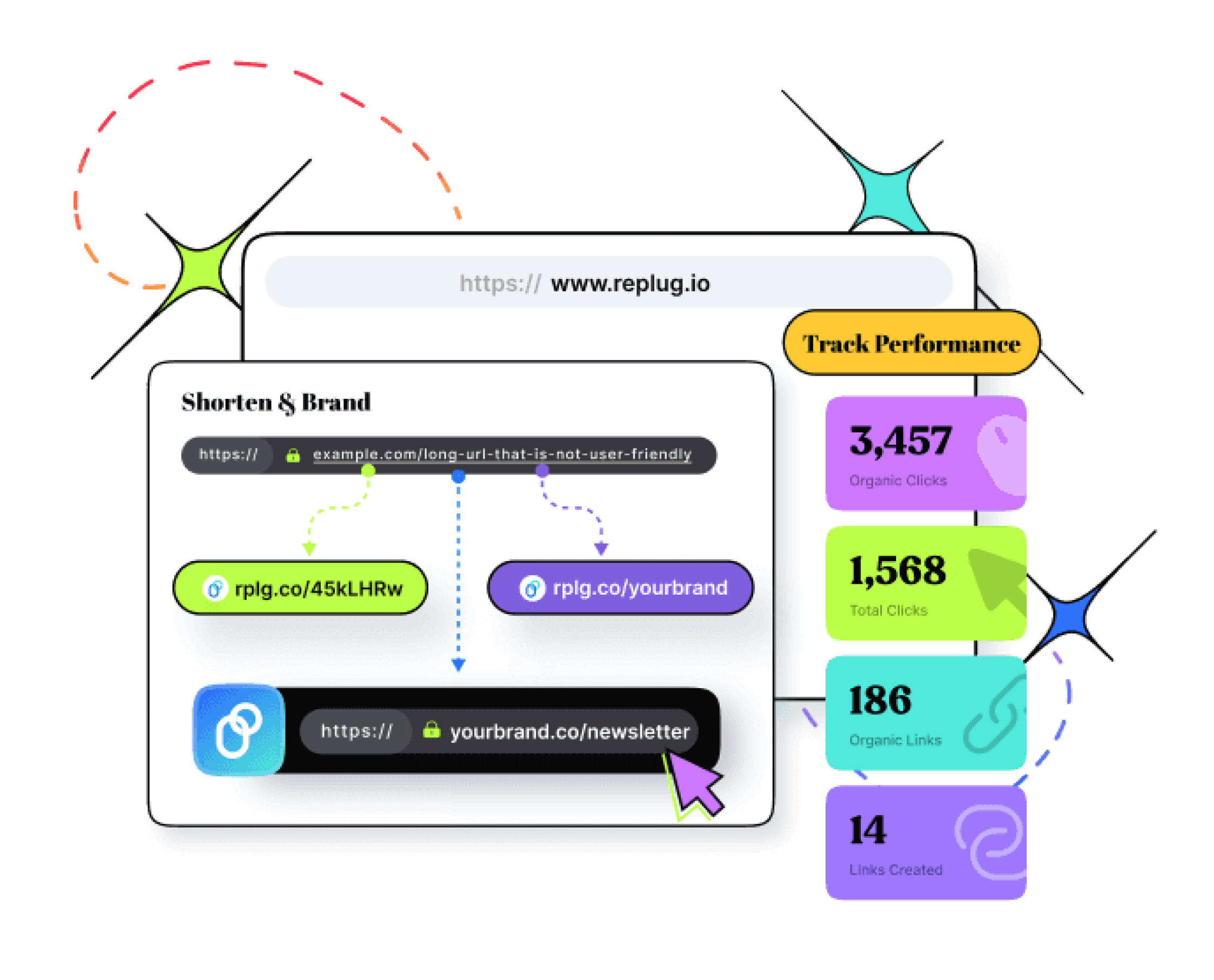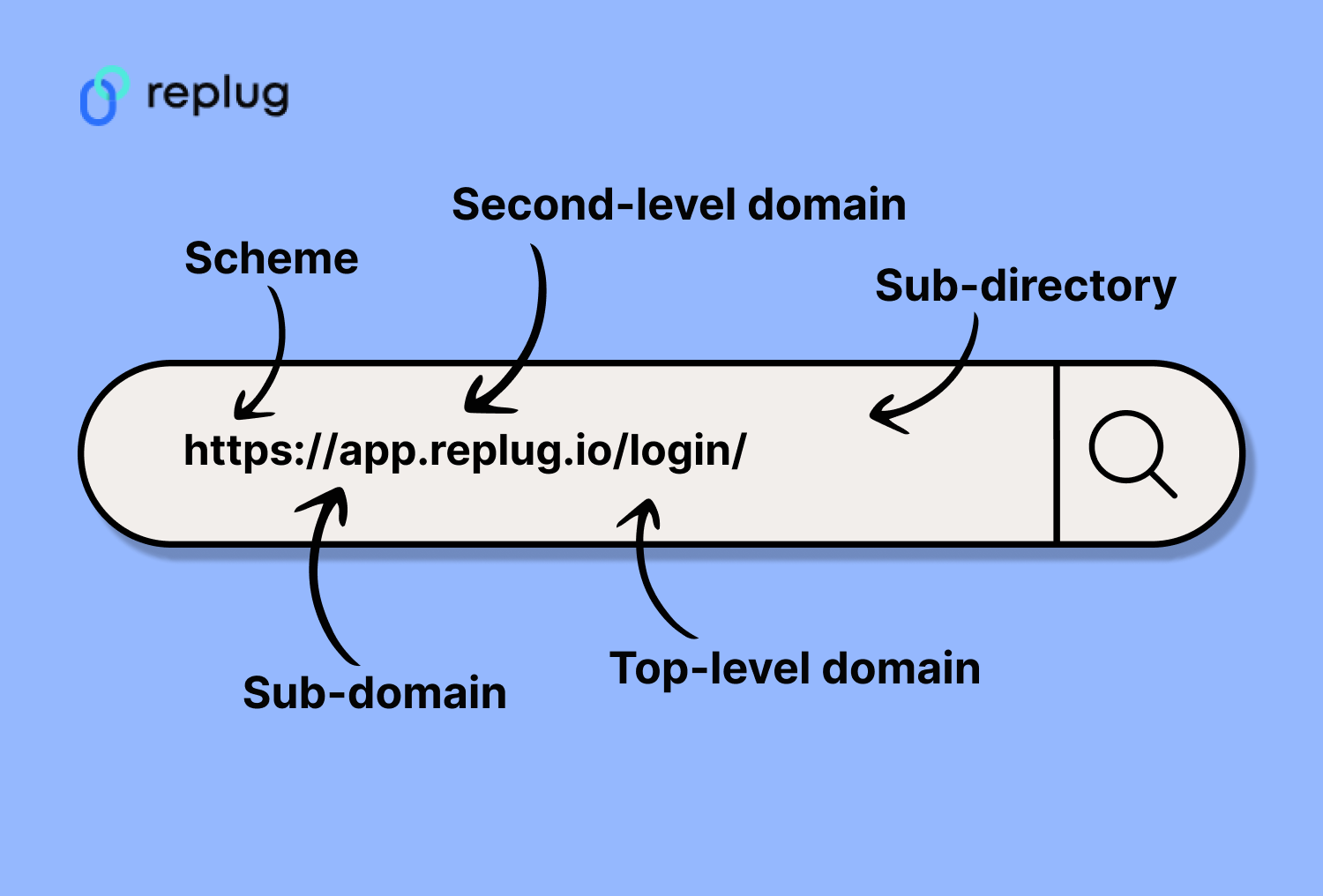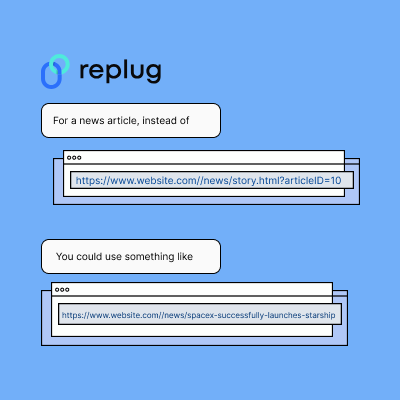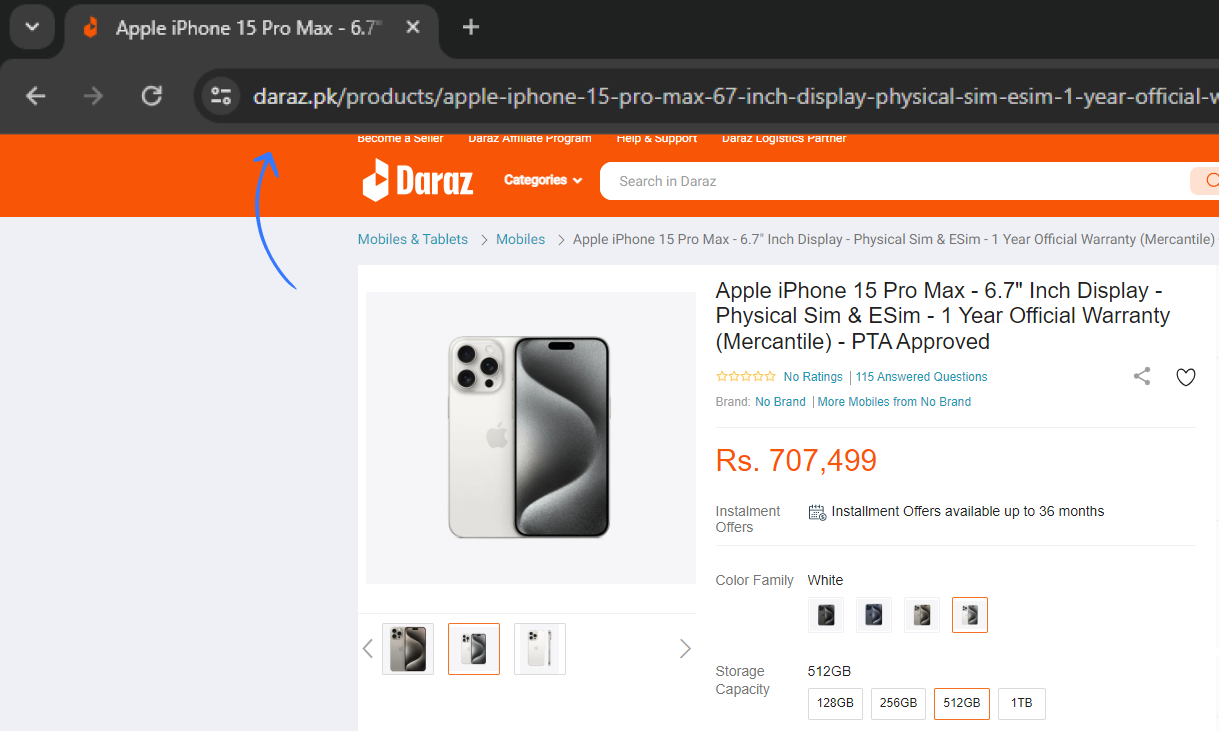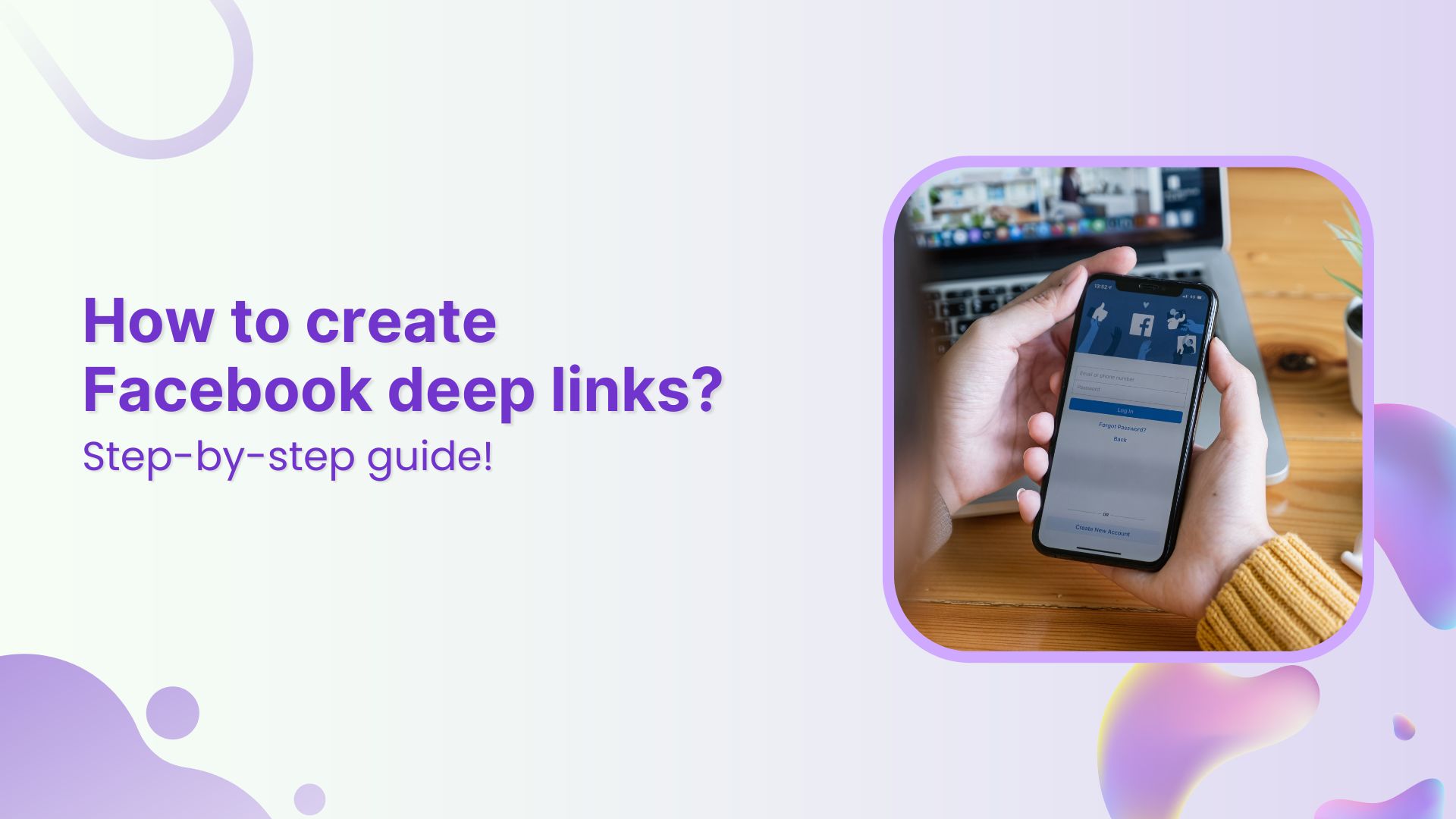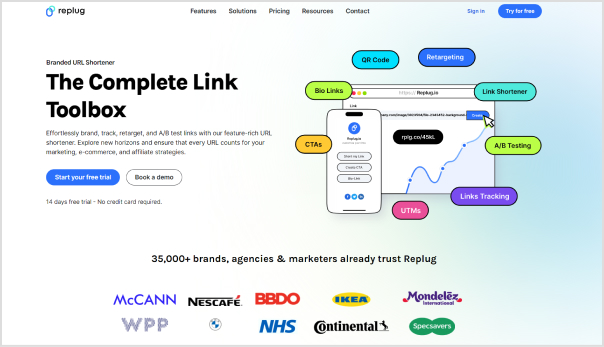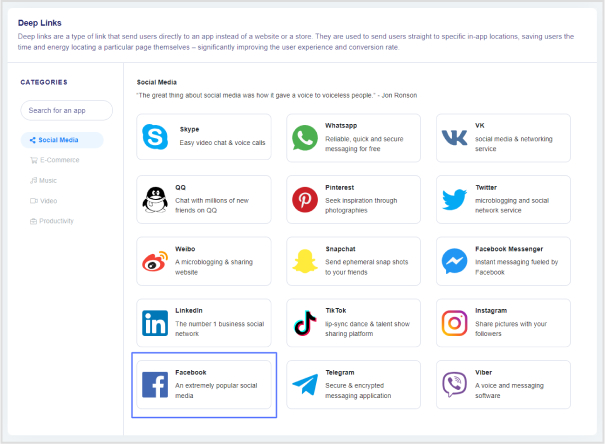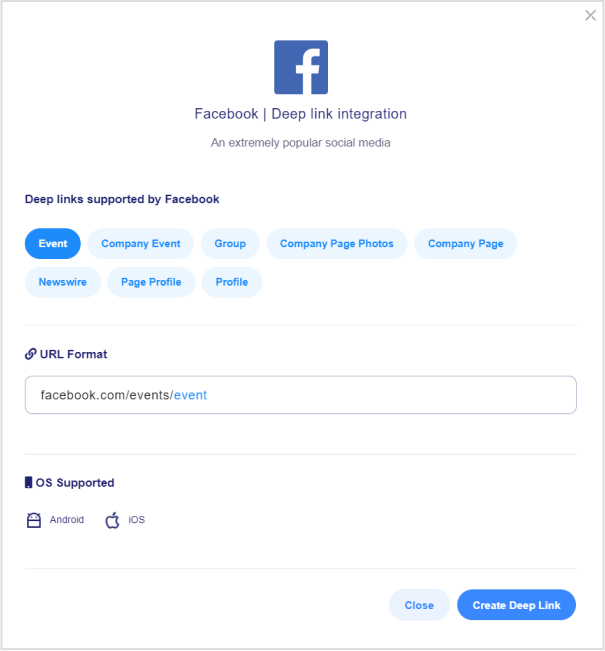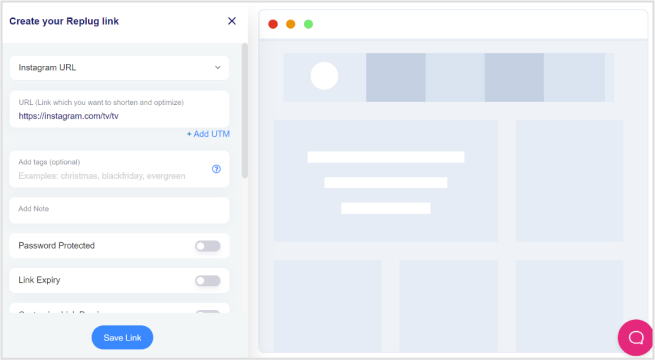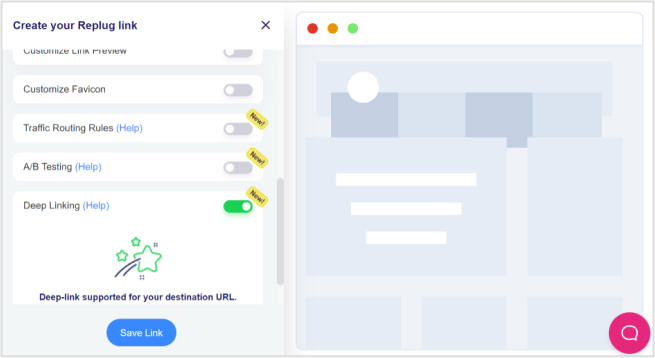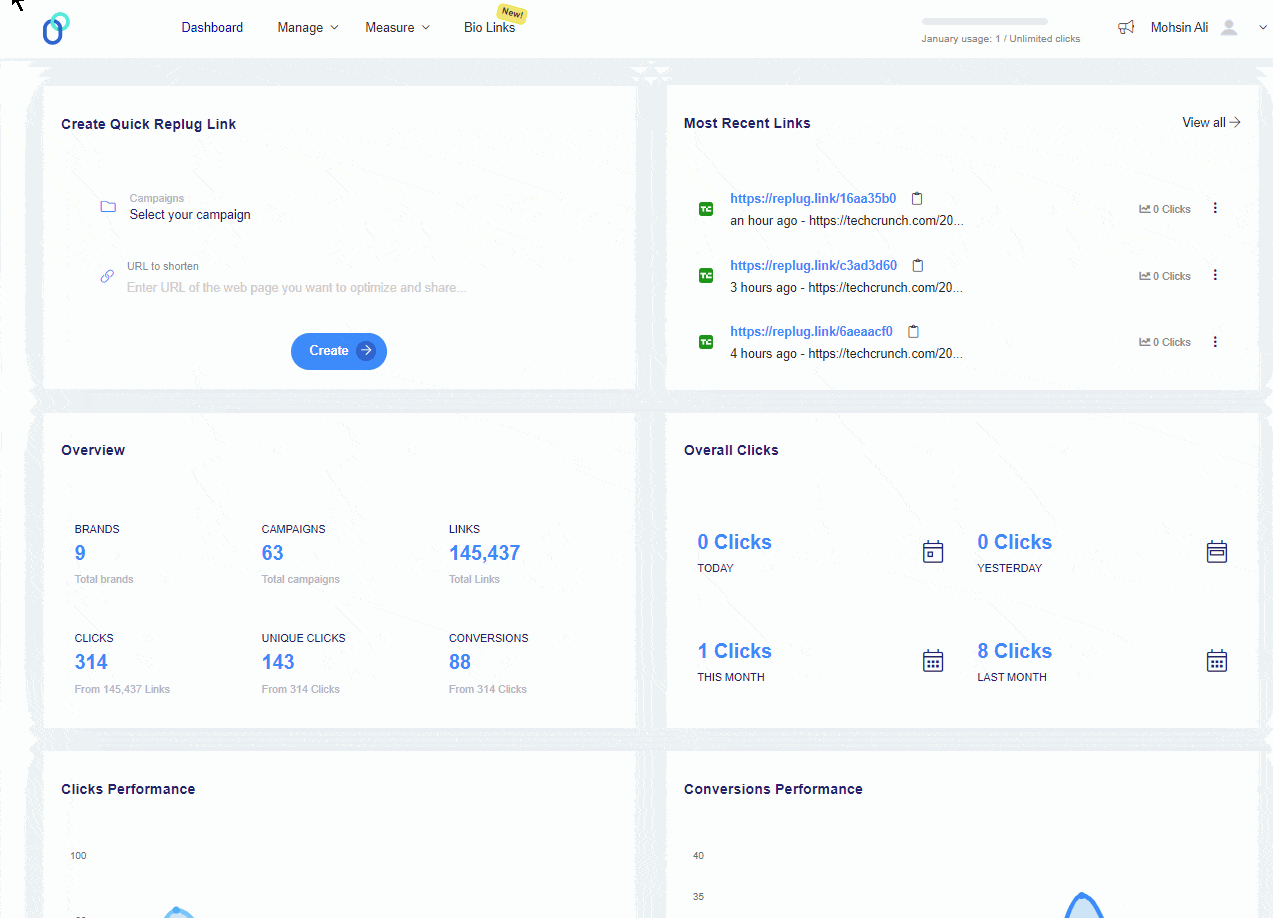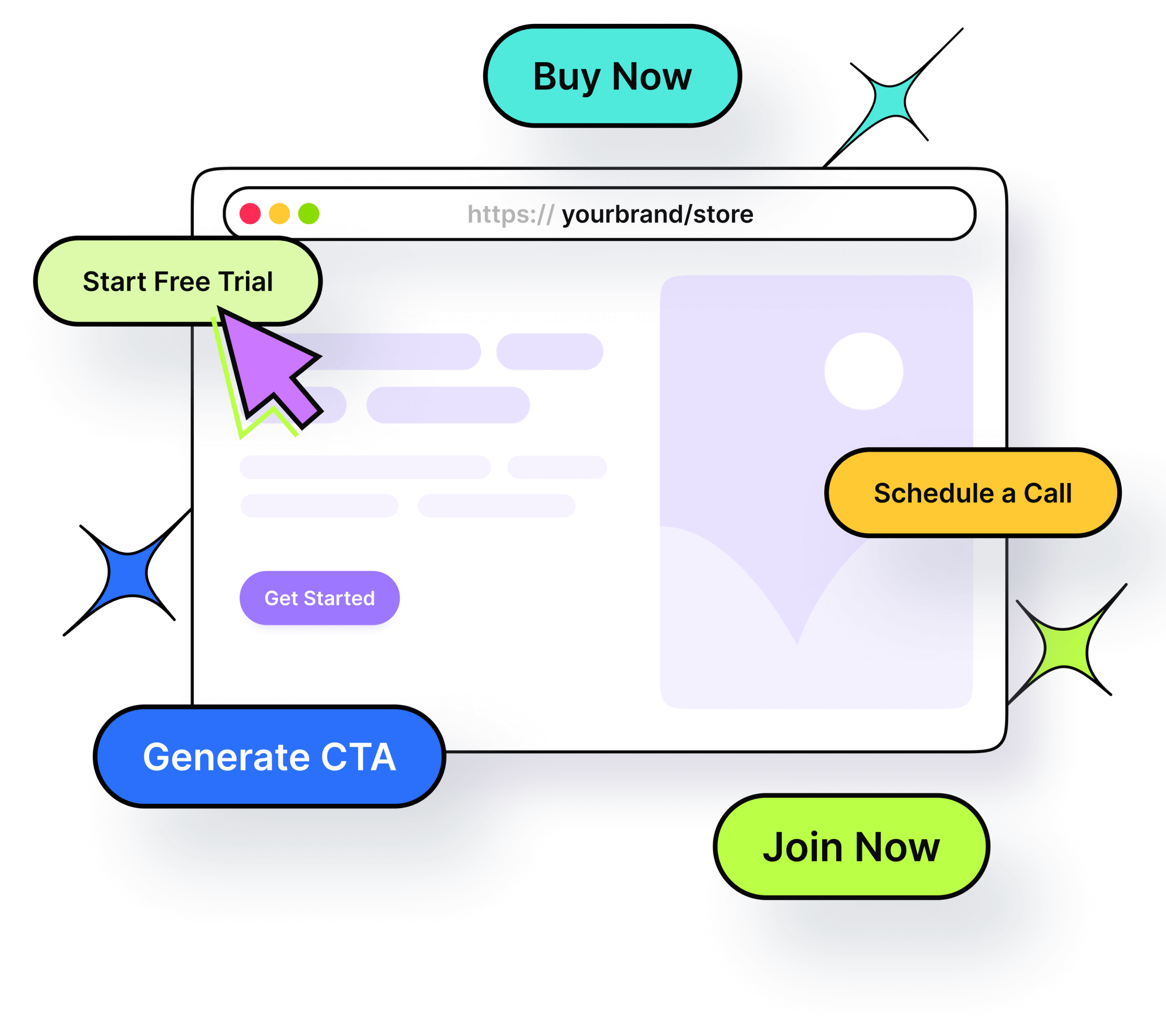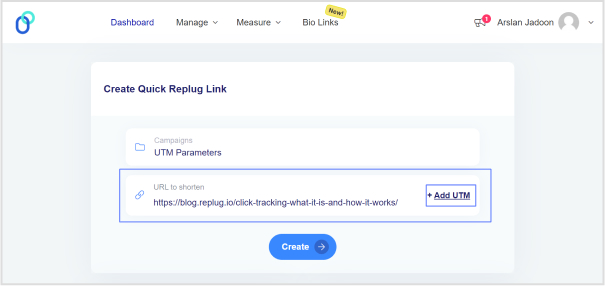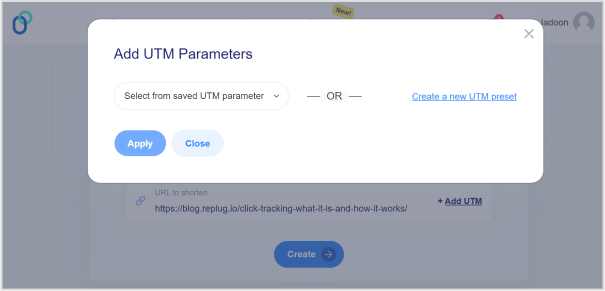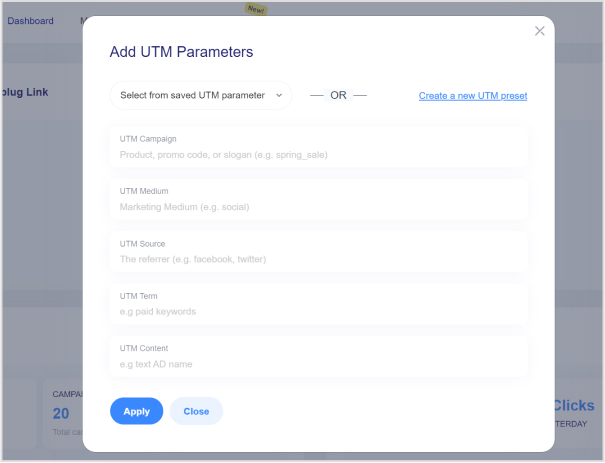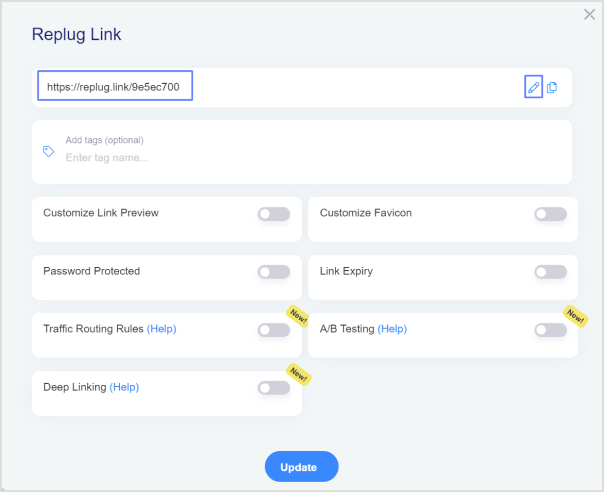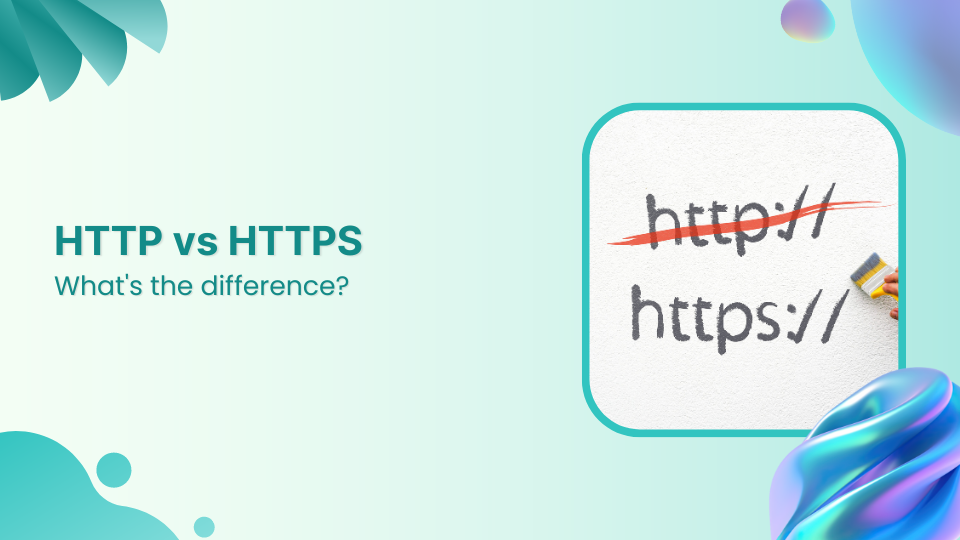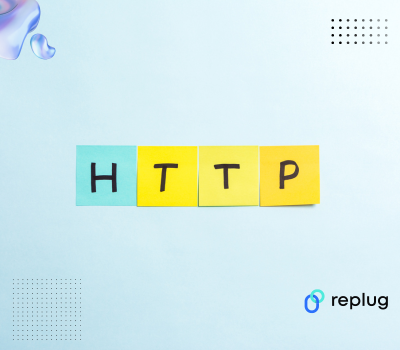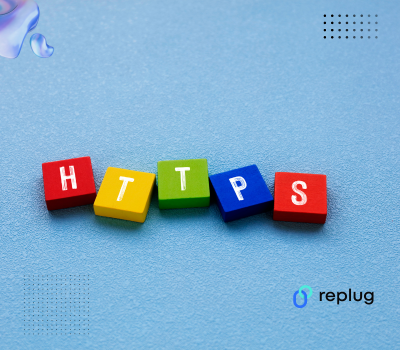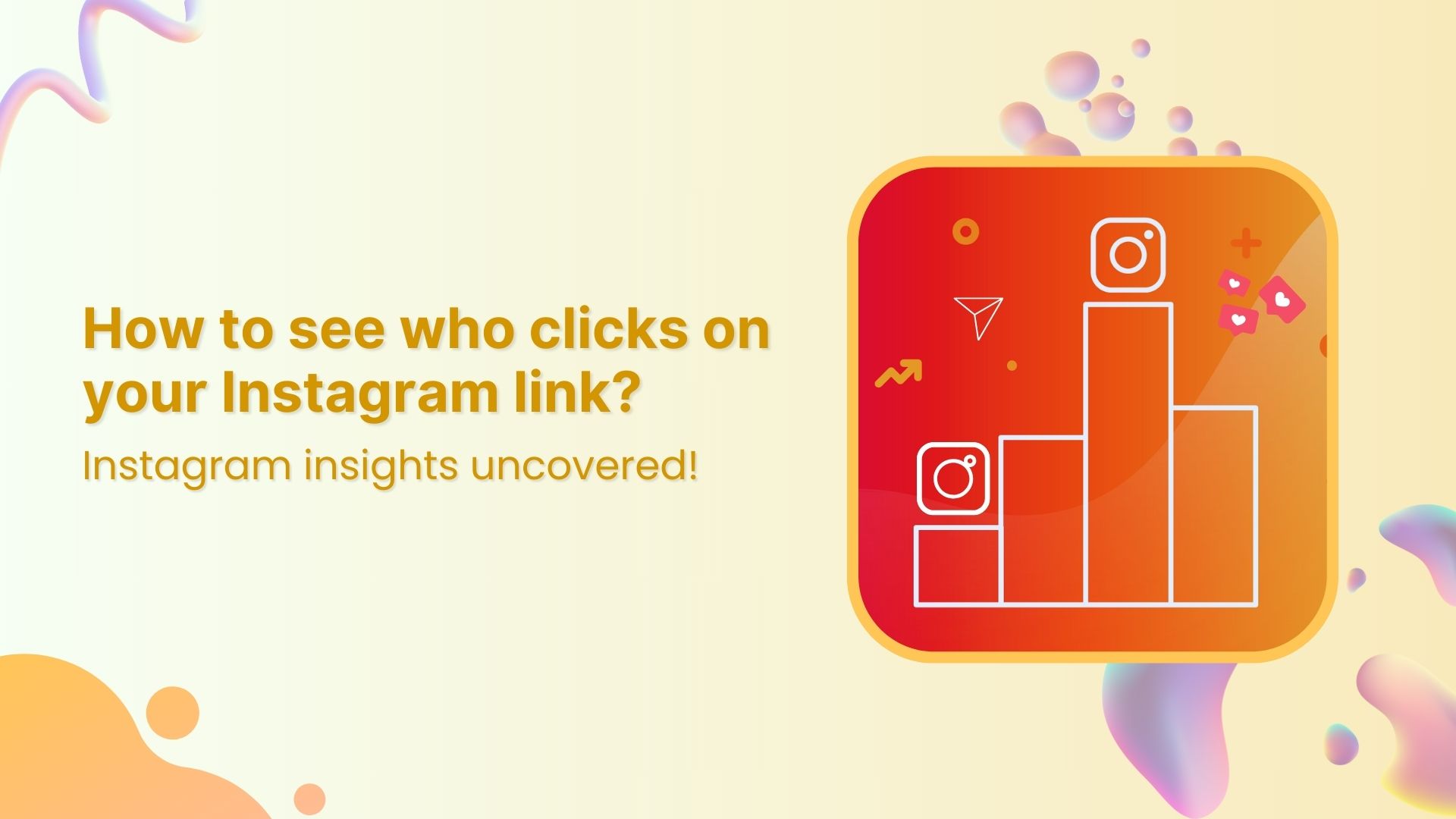Getting your app noticed and downloaded is more challenging than ever. With an average of 1,019 apps released every day, you need more than a good idea—you need a strategic marketing plan.
App success isn’t just about making your app available; it’s about making it discoverable, engaging, and essential for users. As the digital world changes, leveraging app store optimization, social media trends, and user experience improvements becomes crucial.
In this guide, we will show you how to increase app downloads on Google Play and Apple App Stores. Follow these steps to increase your app’s installs and secure its place in users’ daily lives.
Let’s get started!
Top 16 strategies to increase app downloads
1. App store optimization (ASO)
App Store Optimization is essential for making your app more visible in app stores like Google Play and the Apple App Store. This involves:
- Title and keywords: Select a unique, relevant title and strong keywords that potential users might search for. For example, if your app is a fitness tracker, use keywords like “fitness,” “workout,” and “health tracker.”
- Description: Craft a compelling description that clearly explains what your app does, its unique features, and the benefits it offers. Use bullet points for key features and a call to action, encouraging users to download the app.
- Visuals: High-quality icons, screenshots, and preview videos are crucial. These should visually represent the app’s interface and key functionalities, giving users a clear idea of what to expect.

2. Deep linking
Deep linking involves using URLs to direct users to specific pages or content within your app.
If they don’t have the app, they’ll be directed to the app store to download it. This creates a seamless experience and avoids users getting lost on your mobile website trying to find what they were looking for in the first place.
Let’s see what other benefits you get with deep linking.
- Personalize onboarding: Deep linking allows for personalized onboarding experiences. Imagine someone clicks on a social media ad for your app that uses a deep link. This link could include a special discount or bonus content they can access upon downloading and signing up. This personalized touch can make the app more attractive and encourage users to complete the download process.
- Enhanced user experience: Provide a seamless user experience by taking users directly to the content they are interested in. For example, a deep link can take users straight to a specific workout routine in a fitness app.
- Marketing campaigns: Use deep links in email campaigns, social media posts, and advertisements to drive targeted traffic to your app. This can increase engagement and conversion rates.
- Retention: Improve user retention by making it easy for users to find and access specific app features or content. Deep links can also be used in push notifications to re-engage users.
Also read: How Does Deferred Deep Linking Work: A Complete Guide
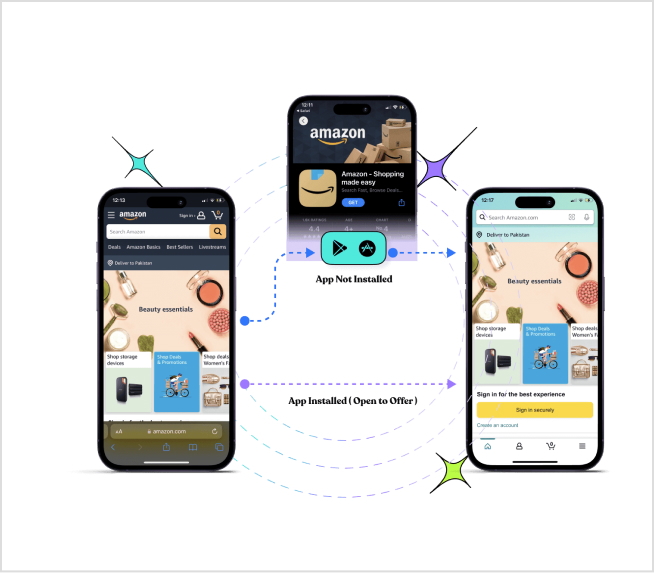
Also read: How to share Videos using Deep Links?
3. Positive reviews and ratings
Positive reviews and high ratings can significantly influence a potential user’s decision to download your app. Strategies to encourage positive feedback include:
- Prompting users: Request reviews at moments when users are likely to be satisfied, such as after completing a task or achieving a milestone within the app.
- Responding to feedback: Engage with users by thanking them for positive reviews and addressing any issues raised in negative reviews. This shows that you value their feedback and are committed to improving the app.

Also read: 11 Best Affiliate Marketing Tools of 2024 – Features, Reviews, Pricing, and More
4. Engaging app description
Your app’s description should be engaging and informative, capturing users’ attention quickly:
- Clear and concise: Clearly explain what your app does, its key features, and its benefits. Use simple language and short sentences.
- Bullet points: Highlight the most important features using bullet points for easy readability.
- Call to action: Include a call to action that encourages users to download the app, such as “Download now to start tracking your workouts!”
5. Social media marketing
Social media platforms can be powerful tools for promoting your app:
- Engaging content: Share posts, videos, and stories that highlight your app’s features, updates, and user testimonials. Use visually appealing graphics and interactive content like polls and quizzes.
- Campaigns: Run targeted ad campaigns on platforms like Facebook, Instagram, Twitter, and LinkedIn to reach a broader audience. Use specific targeting options to reach users who are most likely to be interested in your app.
- User engagement: Respond to comments and messages, run contests, and encourage user-generated content to build a community around your app.

Also read: How to Measure Social Media Engagement: 12 Crucial Metrics
6. Influencer marketing
Influencer marketing can help you reach a larger and more engaged audience:
- Partner with influencers: Identify influencers whose followers match your target demographic. Work with them to create authentic content showcasing your app.
- Content creation: Have influencers create reviews, tutorials, or demonstrations of your app. Their endorsement can significantly boost your app’s credibility and downloads.

Also read: Success Guide To Tiktok Influencer Marketing
7. Content marketing
Content marketing involves creating valuable, relevant content to attract and engage your target audience:
- Blog posts: Write articles addressing common problems your app solves. For example, if your app is a productivity tracker, write about tips for managing time effectively and how your app can help.
- Videos: Create tutorial videos, demos, and user testimonials to visually demonstrate how your app works and its benefits.
- Guest posts: Contribute articles to popular blogs and websites in your niche to reach a wider audience and drive traffic to your app’s landing page.

Also read: 9 Hottest Content Marketing Platforms to Look For in 2024
8. App install ads
App install ads are paid advertisements specifically designed to drive app downloads:
- Compelling ads: Design ads with strong visuals, clear messages, and a compelling call to action. Highlight your app’s unique selling points.
- Targeted advertising: Use demographic and interest-based targeting to reach users who are likely to be interested in your app.
- Performance monitoring: Continuously analyze and optimize your ads for better results. Use A/B testing to determine which ad creatives and messages perform best.
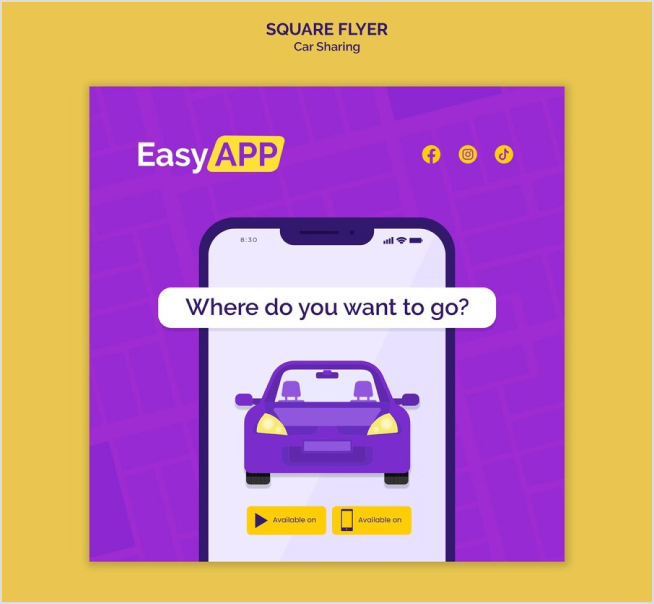
Also read: 10 Best A/B Testing Tools For Click & Conversion Analytics
9. Referral programs
Referral programs can incentivize existing users to invite new users to download your app:
- Incentives: Offer rewards such as discounts, free features, or other perks for successful referrals. Ensure the rewards are valuable enough to motivate users to participate.
- Simple process: Make the referral process easy and straightforward. Provide users with unique referral links or codes they can share with friends and family.

10. Email marketing
Email marketing can effectively promote your app to a targeted audience:
- Newsletters: Regularly update your email subscribers about new features, updates, and special offers related to your app.
- Personalized emails: Send targeted emails based on user behavior and preferences. For example, if a user has shown interest in a particular feature, send them an email highlighting that feature.
- Call to action: Include clear and compelling calls to action encouraging recipients to download your app.

Also read: How to track emails using UTM parameters?
11. Landing page optimization
A dedicated landing page for your app can drive traffic and conversions:
- Design: Ensure the landing page is visually appealing and easy to navigate. Use clear headings, subheadings, and bullet points to present information.
- Content: Include details about your app’s features, benefits, and user testimonials. Provide clear download links or buttons.
- SEO: Optimize the landing page for search engines to drive organic traffic. Use relevant keywords and meta descriptions.
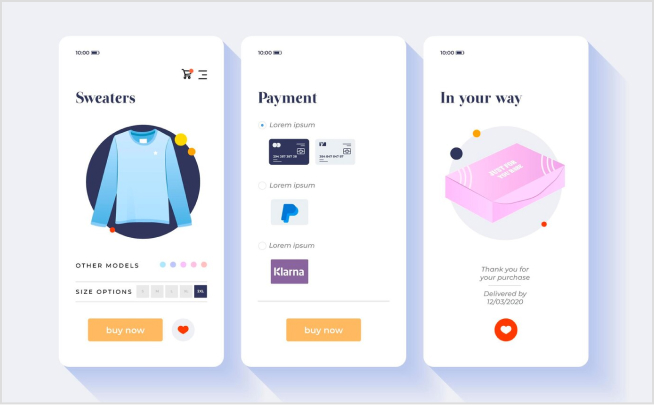
Also read: How to create high-converting landing pages [Pro tips & examples included]
12. App localization
Localizing your app for different languages and regions can help you reach a global audience:
- Translation: Translate your app’s interface, description, and marketing materials into multiple languages.
- Cultural adaptation: Adjust content to be culturally relevant for different regions. This includes adapting images, colors, and messaging to suit local preferences and customs.
13. Regular updates
Regular updates can keep your app fresh and engaging for users:
- Bug fixes: Regularly fix bugs and technical issues to improve user experience.
- New features: Introduce new features and enhancements to keep users engaged and attract new ones.
- User feedback: Incorporate user feedback into your updates to meet their needs and preferences. Announce updates through in-app notifications and other communication channels.
Also read: Pinterest affiliate marketing for beginners
14. Free trials and freemium models
Offering free trials or a freemium model can attract users who are hesitant to commit:
- Free trials: Provide limited-time access to premium features, allowing users to experience the full value of your app before purchasing.
- Freemium model: Offer a basic version of your app for free, with optional paid upgrades for advanced features. This allows users to try the app and decide if they want to invest in premium features.
Also read: How to increase online sales: 17 Proven tips & hacks
15. Partnerships and collaborations
Partnering with other apps or businesses can expand your reach:
- Cross-promotion: Collaborate with complementary apps to promote each other’s offerings. For example, if you have a fitness app, partner with a health food app for cross-promotion.
- Co-branded campaigns: Run joint marketing campaigns to reach a broader audience. This could include co-branded content, social media campaigns, or bundled offers.
16. High-quality app icons and screenshots
Your app icon is the first thing users see, so it should be attractive and memorable. Screenshots should highlight the app’s most important and visually appealing features. Consider these tips:
- App icon: Use simple yet bold designs with contrasting colors to stand out. Ensure the icon represents the app’s purpose.
- Screenshots: Display the app’s main features and benefits in action. Add captions or annotations to explain what users are seeing. For instance, show a screenshot of your fitness app tracking a run, with annotations highlighting speed, distance, and calories burned.
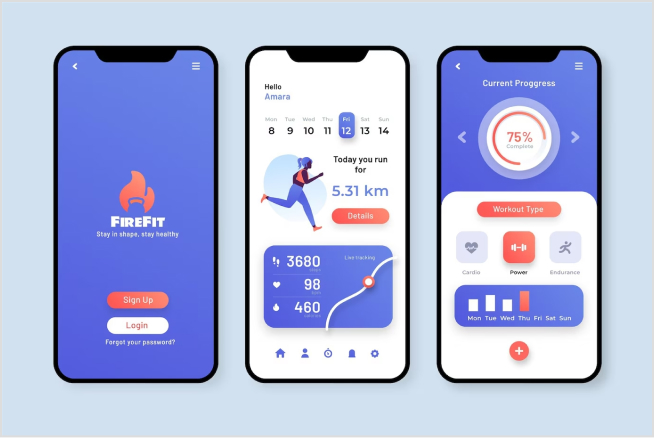
Final note
Increasing app downloads is a multifaceted process that requires a combination of strategic planning, targeted marketing, and continuous improvement. Each of the strategies outlined above plays a crucial role in enhancing your app’s visibility, appeal, and user engagement.
By optimizing your app store presence through ASO, creating compelling visuals and descriptions, leveraging social media and influencer marketing, and utilizing deep linking, you can attract and retain a larger user base. Additionally, encouraging positive reviews, providing regular updates, and offering free trials or referral programs can further drive downloads and user loyalty.
Remember, the digital landscape is ever-evolving, so staying updated with the latest trends and continually refining your strategies based on user feedback and performance metrics is essential. With dedication and a user-centric approach, you can significantly boost your app’s install rates and secure its place in the daily lives of users.
FAQs on how to increase app downloads
What is App Store Optimization (ASO)?
App Store Optimization (ASO) involves optimizing your app’s listing to improve its visibility and ranking in app store search results.
How can I make my app icon and screenshots more appealing?
To make your app icon and screenshots more appealing, use high-quality, visually attractive designs. This helps attract more users and increase app downloads.
What are the best practices for writing an engaging app description?
An engaging app description should be clear, and concise, and highlight the app’s unique features and benefits. An effective description can significantly increase app installs.
How do positive reviews and ratings impact app downloads?
Positive reviews and high ratings build trust and credibility, influencing potential users to download your app.
What is deep linking and how can it improve app download rates?
Deep linking involves using URLs to direct users to specific pages or content within your app. This provides a seamless user experience and can be used in marketing campaigns to drive targeted traffic. Effective use of deep linking can improve user engagement and increase app downloads.
